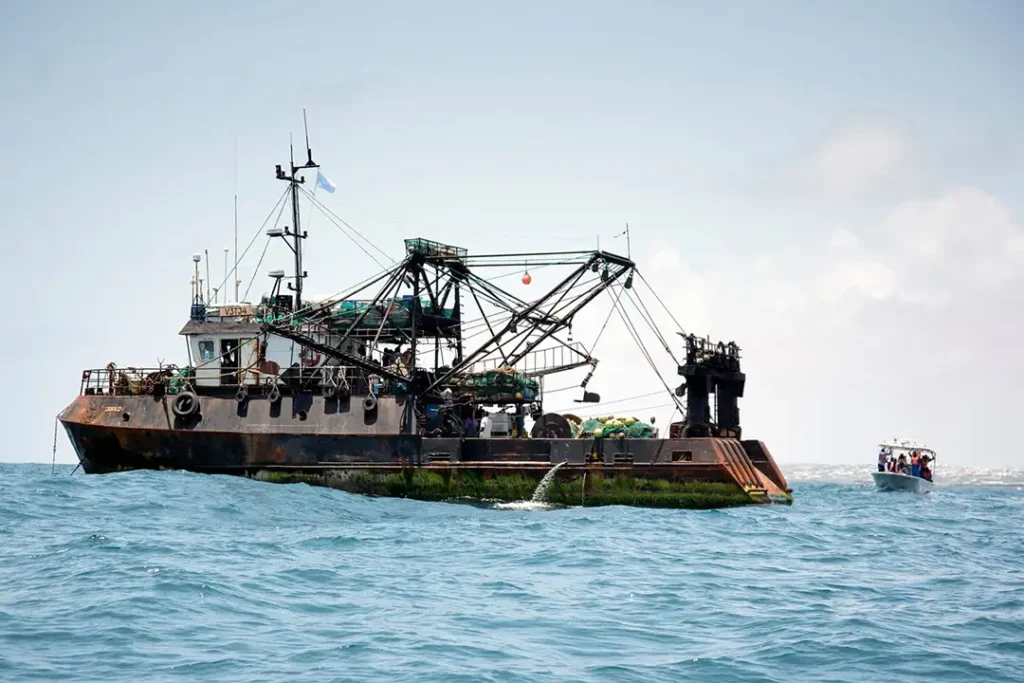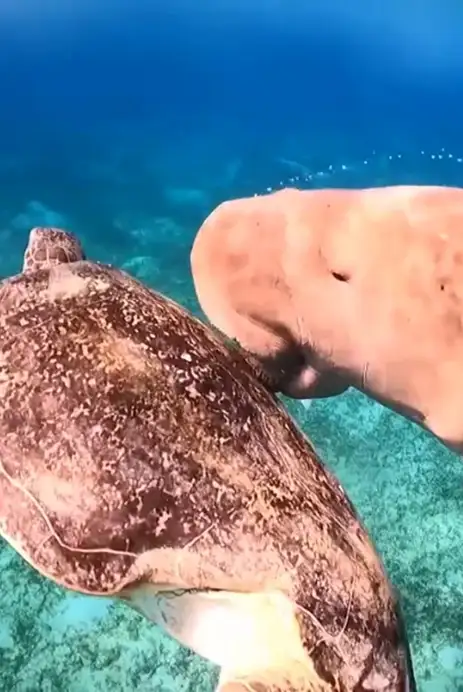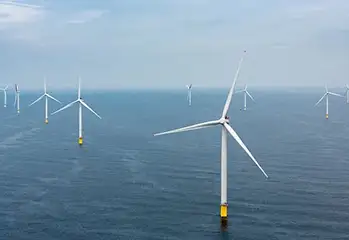Kenya’s coastline stretches over 500 kilometers along the Indian Ocean, making the country a central influencer in the regional Blue Economy. The marine environment provides vital ecosystem services, including food security, climate regulation, and economic activities such as tourism, fishing, and shipping. As the country continues to leverage these resources, the Blue Economy is expected to drive sustainable growth while preserving marine biodiversity.
Fisheries account for over 0.5% of Kenya’s GDP, with over 300,000 people depending directly on fishing activities (source: Kenya National Bureau of Statistics).
Kenya's coastal waters host vital fish species such as tuna, prawns, and snapper. The country also has significant populations of coral reefs and mangroves that provide habitats for marine life and help combat coastal erosion.
Artisanal and small-scale fishing are vital for food security and livelihoods in coastal areas, but there is growing competition with industrial fisheries that often engage in illegal practices.



Kenya faces significant challenges from IUUF, particularly in areas such as the Lamu Archipelago and the waters near the Tanzania border. IUUF has led to the depletion of fish stocks, affecting local fishers’ livelihoods and causing a loss of revenue for the national economy. It also poses a threat to marine biodiversity, including endangered species like the dugong and sea turtles.
Kenya has made strides in regulating and managing its marine resources. The Fisheries Management and Development Act (2016) outlines guidelines for sustainable fisheries, including the establishment of Marine Protected Areas (MPAs) and stricter regulations on fishing licenses and permits. However, enforcement remains a challenge due to insufficient patrol resources and corruption in some local areas.
The Blue Economy Implementation Strategy (2018) outlines how Kenya intends to increase sustainable fisheries and promote ocean-related industries.
Kenya’s Coast Guard Service plays a crucial role in patrolling the country’s Exclusive Economic Zone (EEZ), yet there are gaps in surveillance coverage and capacity.
Kenya has established several MPAs, including Watamu Marine National Park, Malindi Marine Reserve, and Diani-Chale Marine Reserve. These areas aim to conserve coral reefs, protect endangered species, and support sustainable tourism.
Local communities are involved in the management of several coastal reserves, encouraging participation and responsibility for sustainable practices.
Kenya has introduced efforts to mitigate the impacts of climate change on coastal ecosystems, focusing on mangrove restoration and coral reef rehabilitation.

Expanding eco-tourism along the coast, especially in protected marine areas, can create jobs and promote conservation.

As wild fisheries face pressure, sustainable aquaculture could help increase fish production and create employment.

Kenya is well-positioned to explore offshore renewable energy, particularly wind and tidal energy.
Engage in a conversation by filling in this form to share your thoughts on the blue economy.
Subscribe to the Kilindini newsletter and do your part in supporting the blue economy.